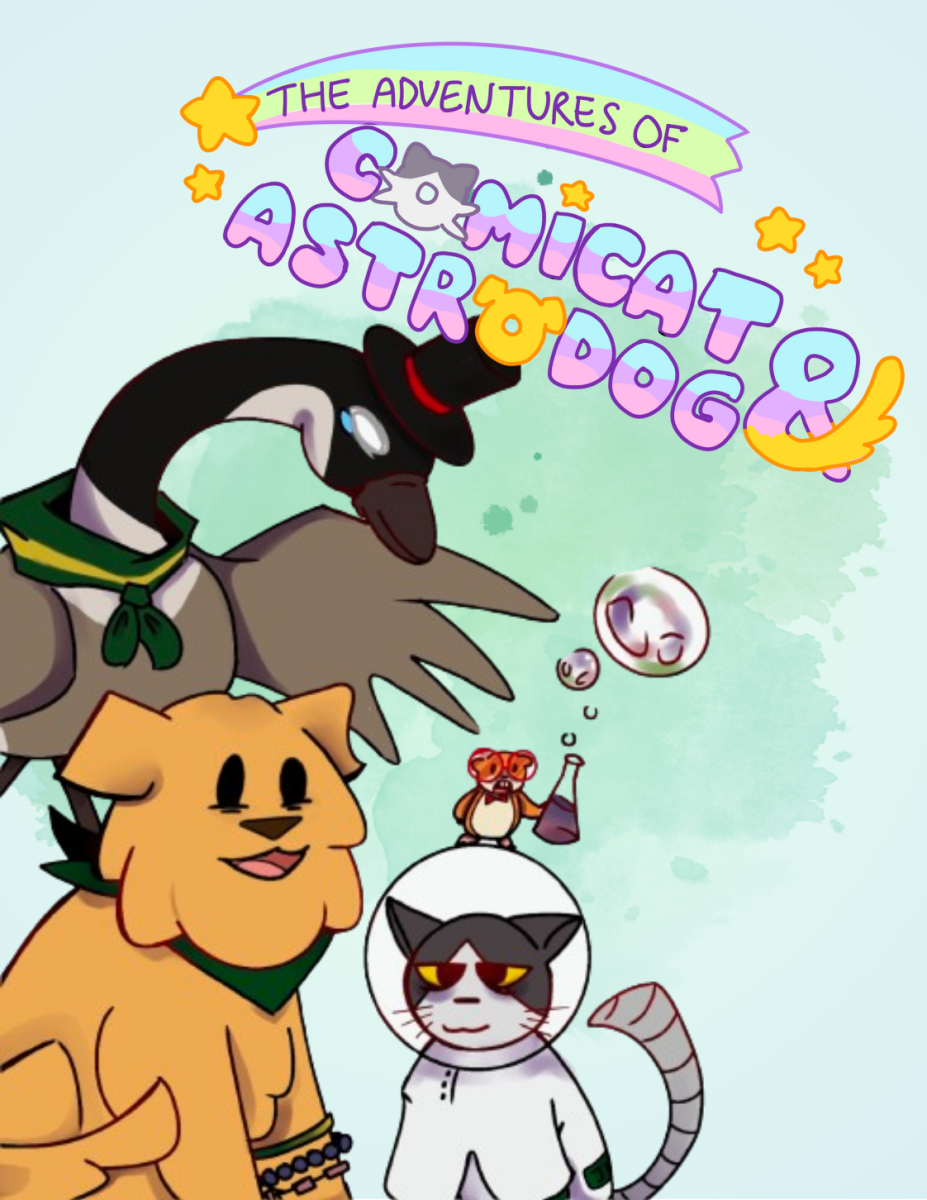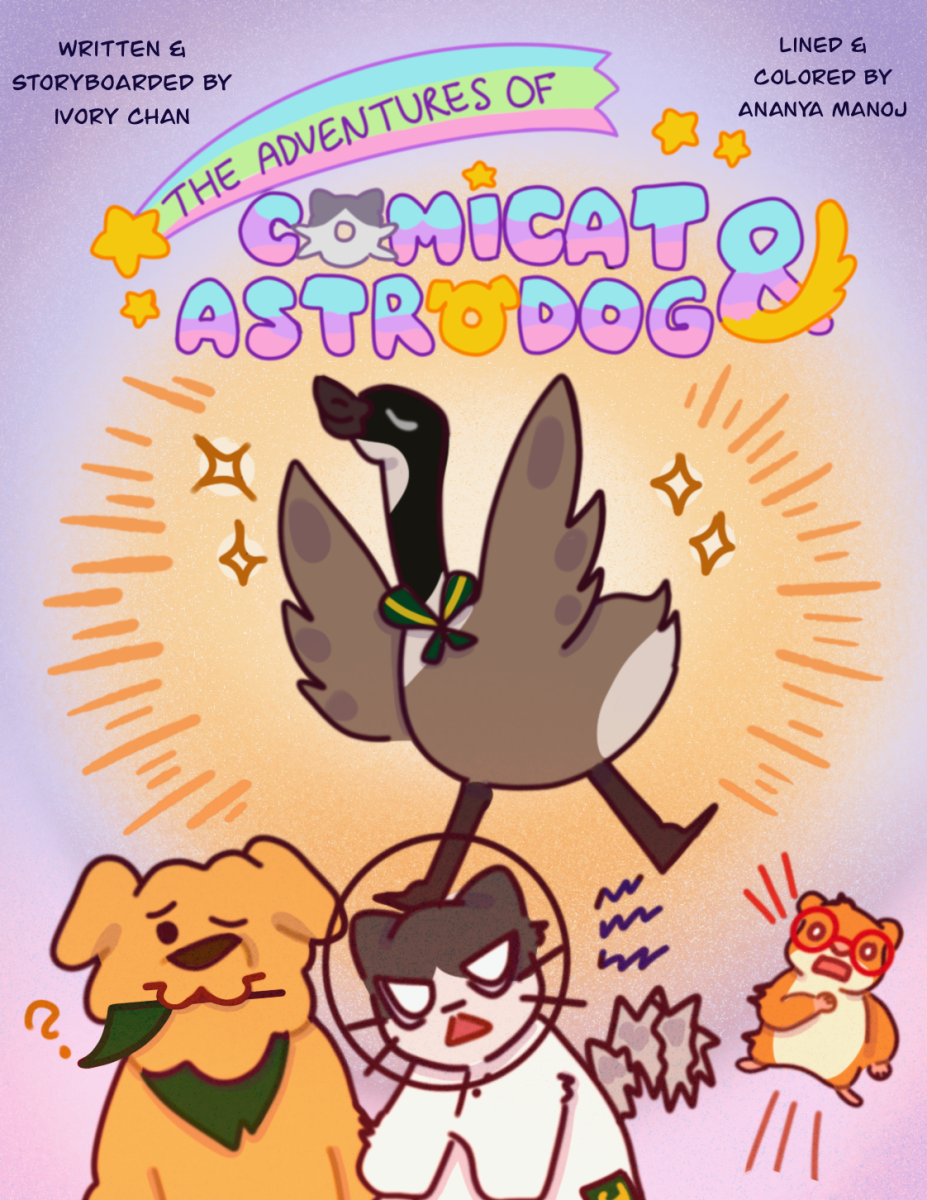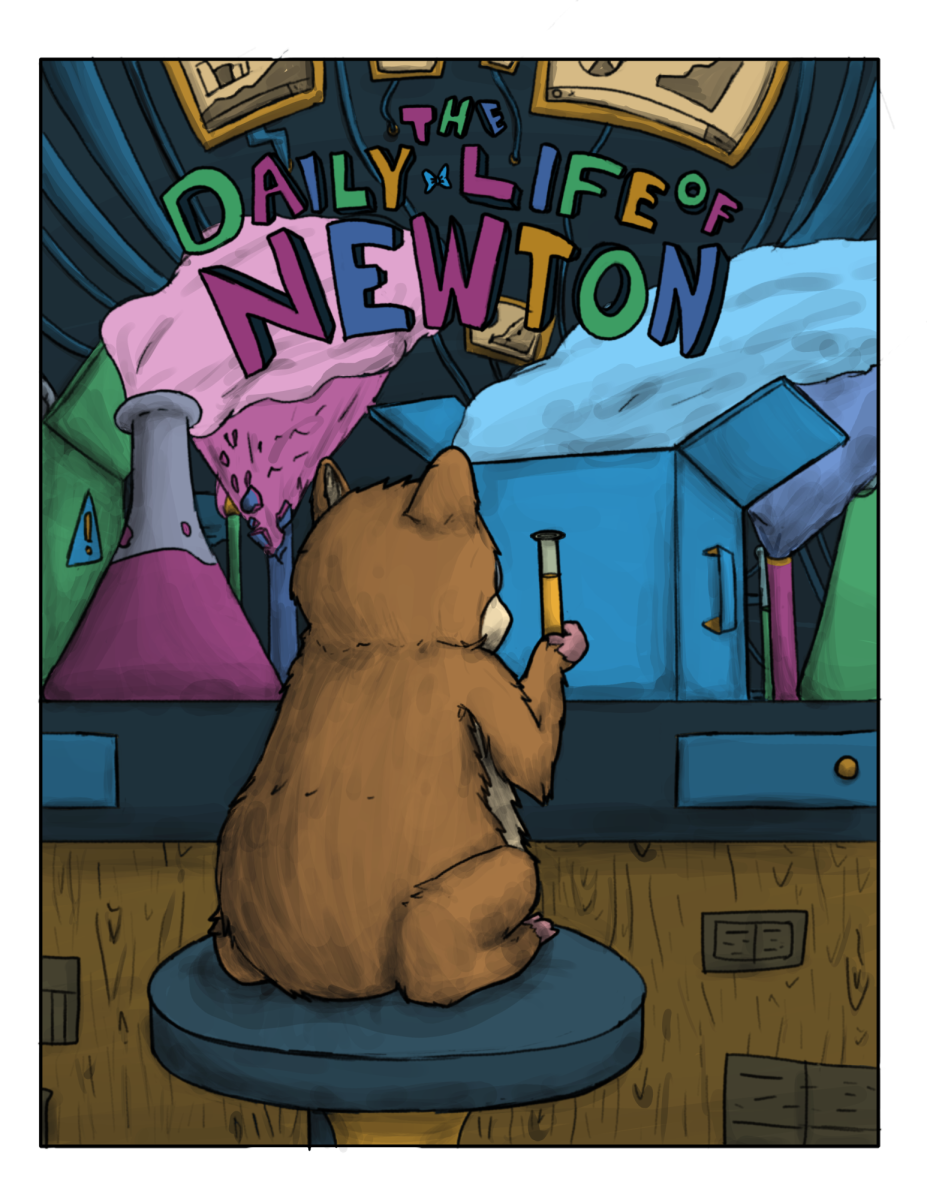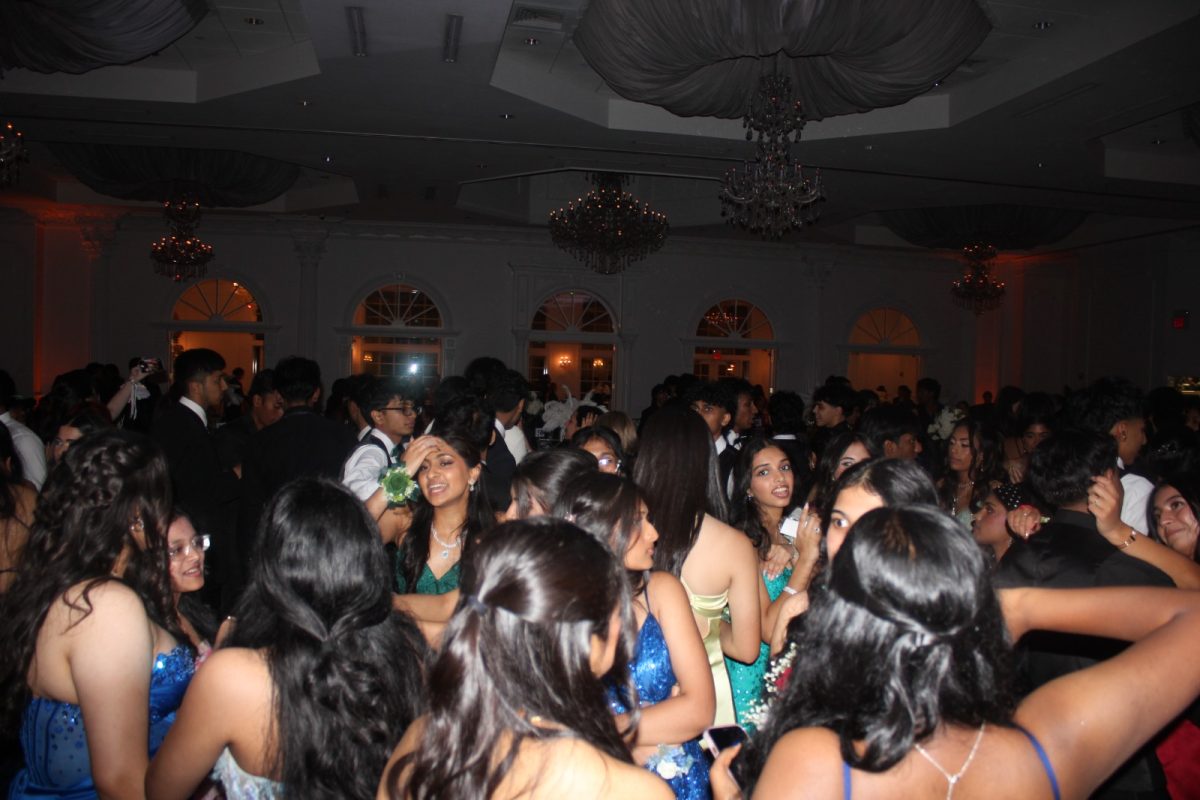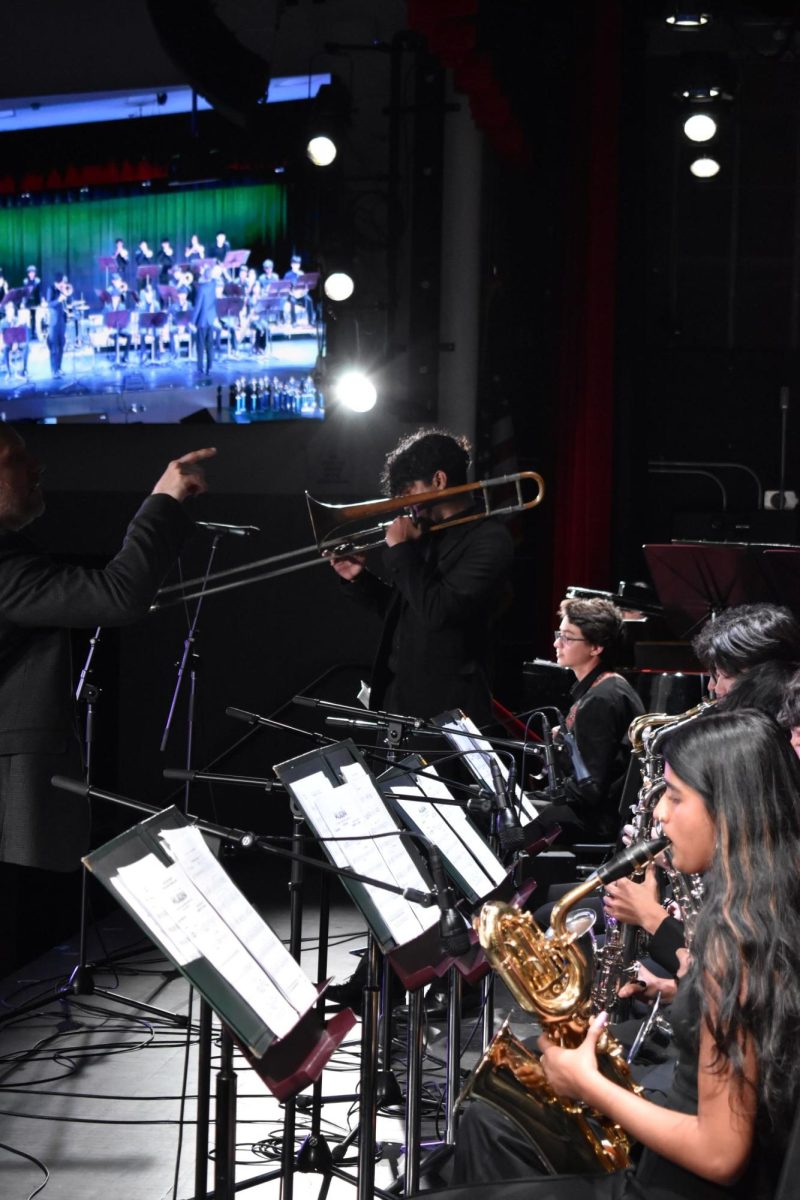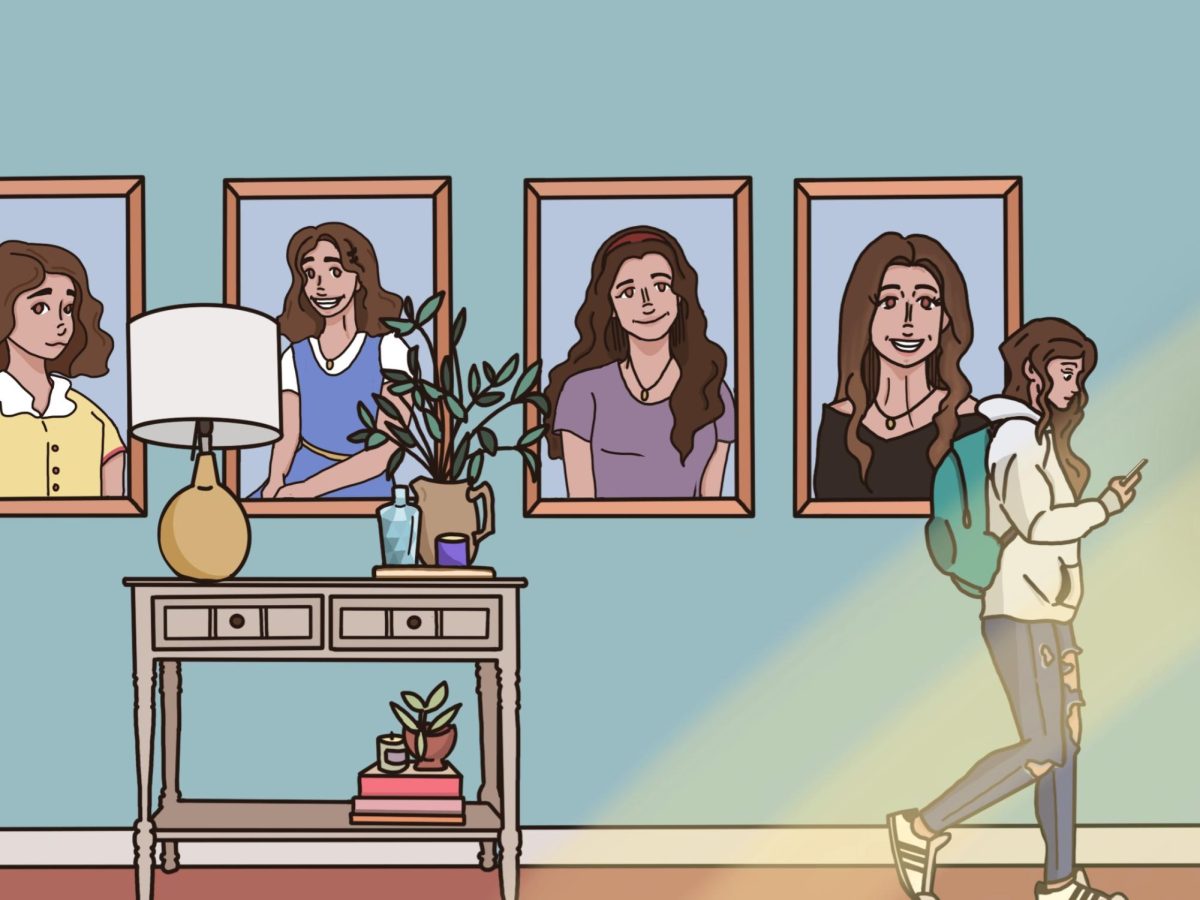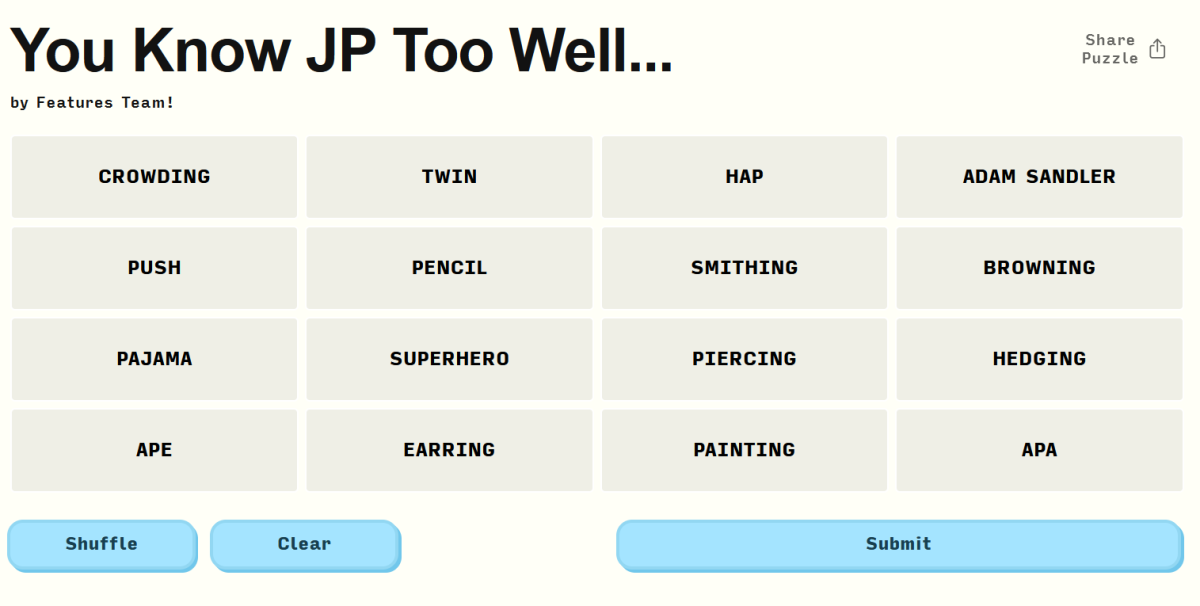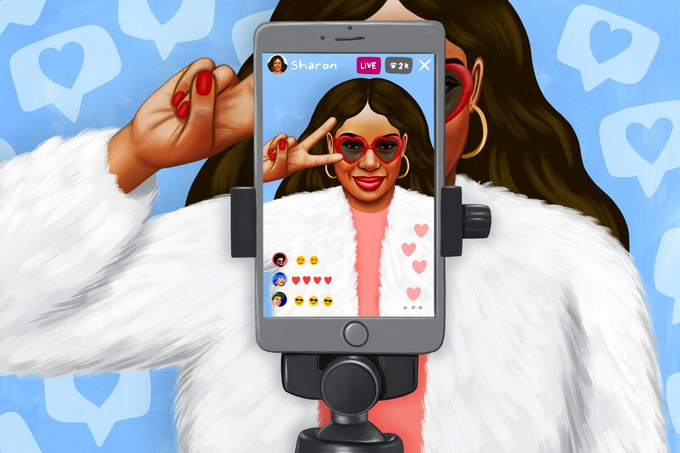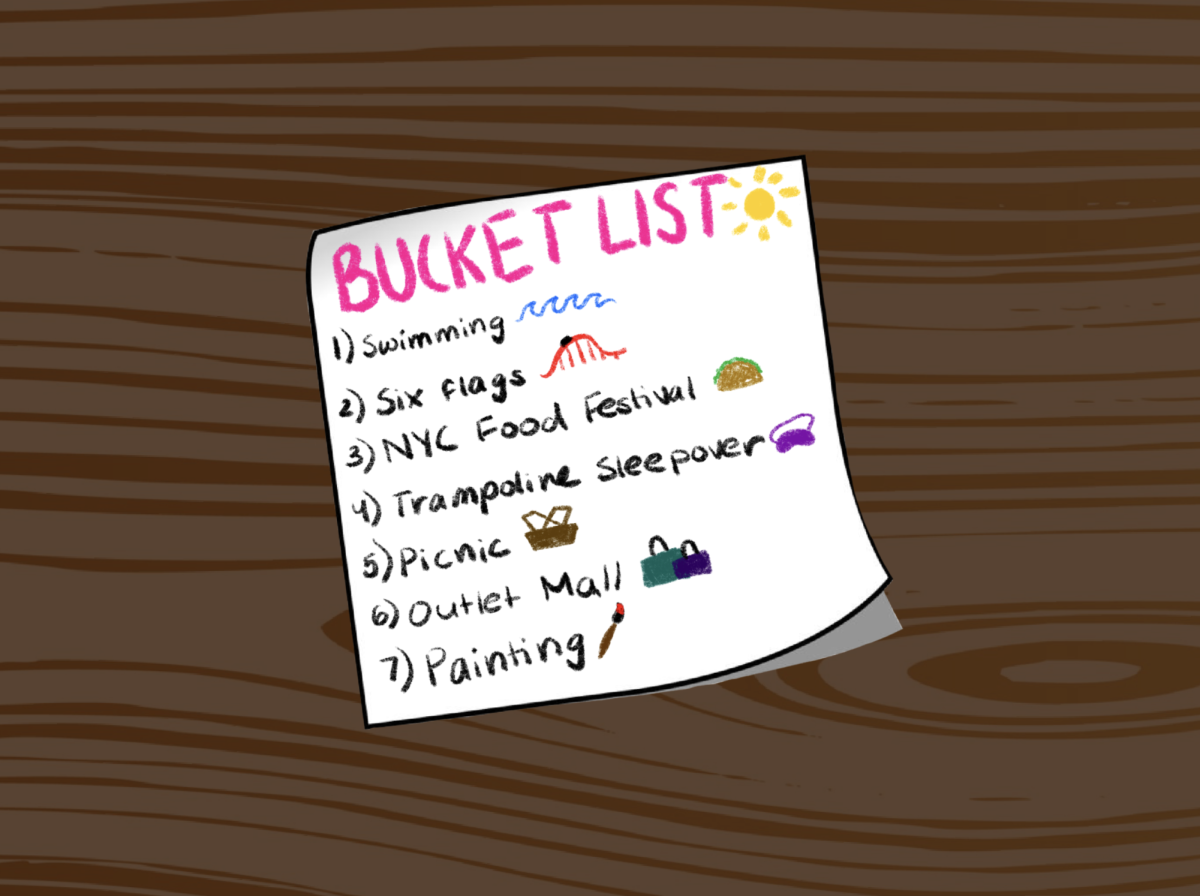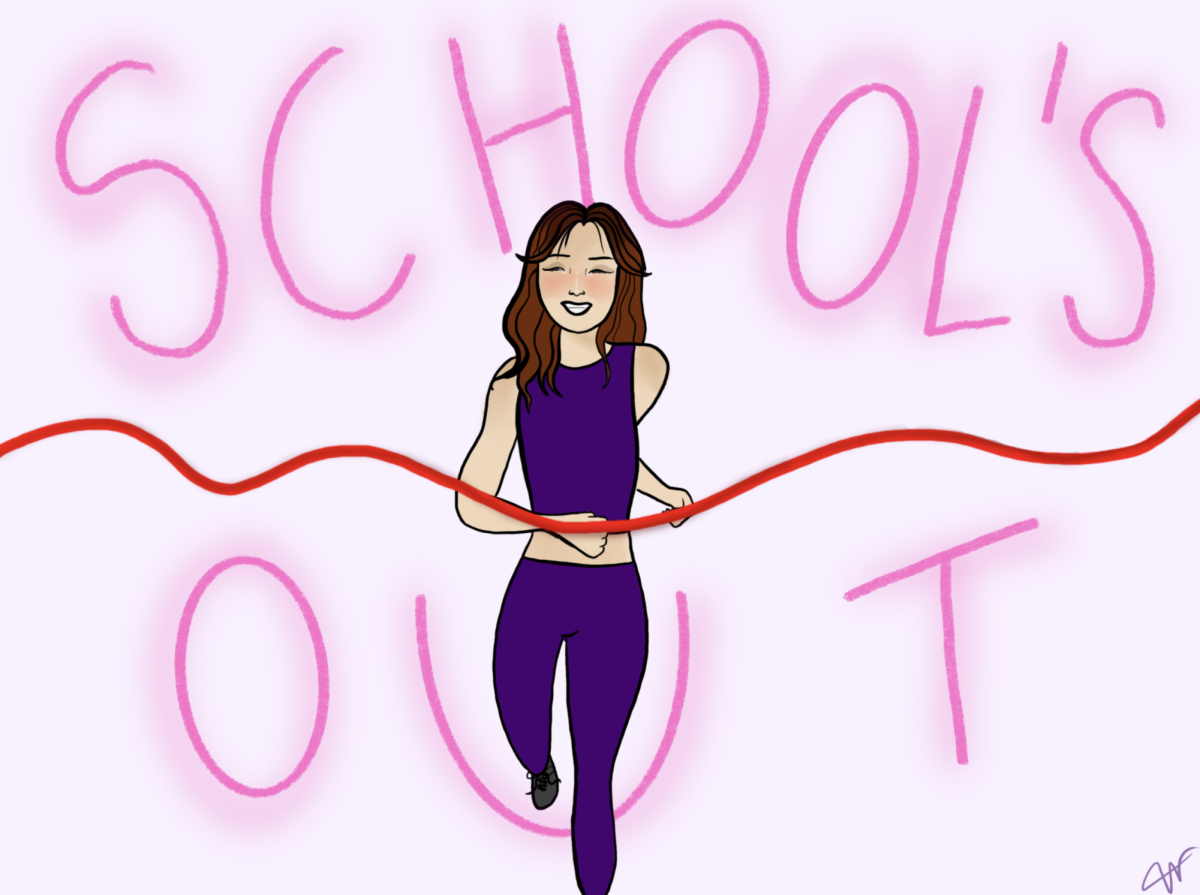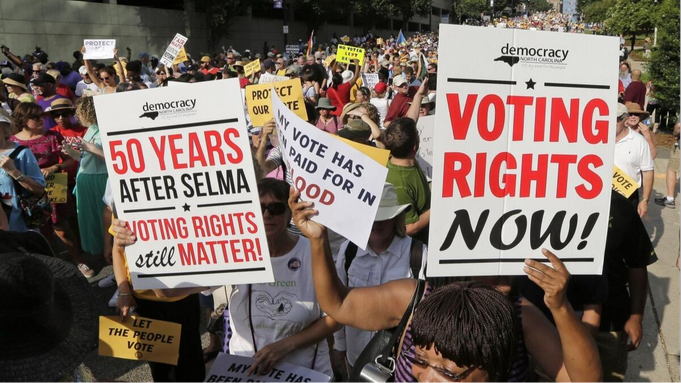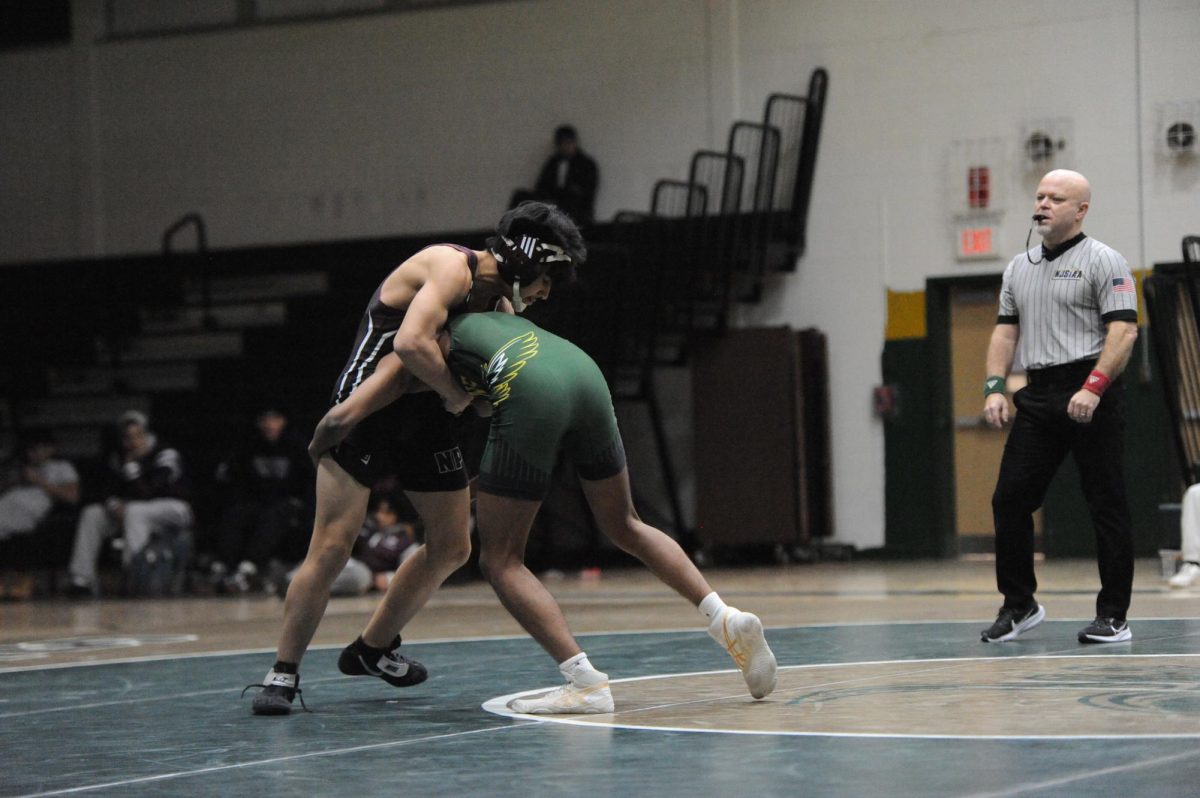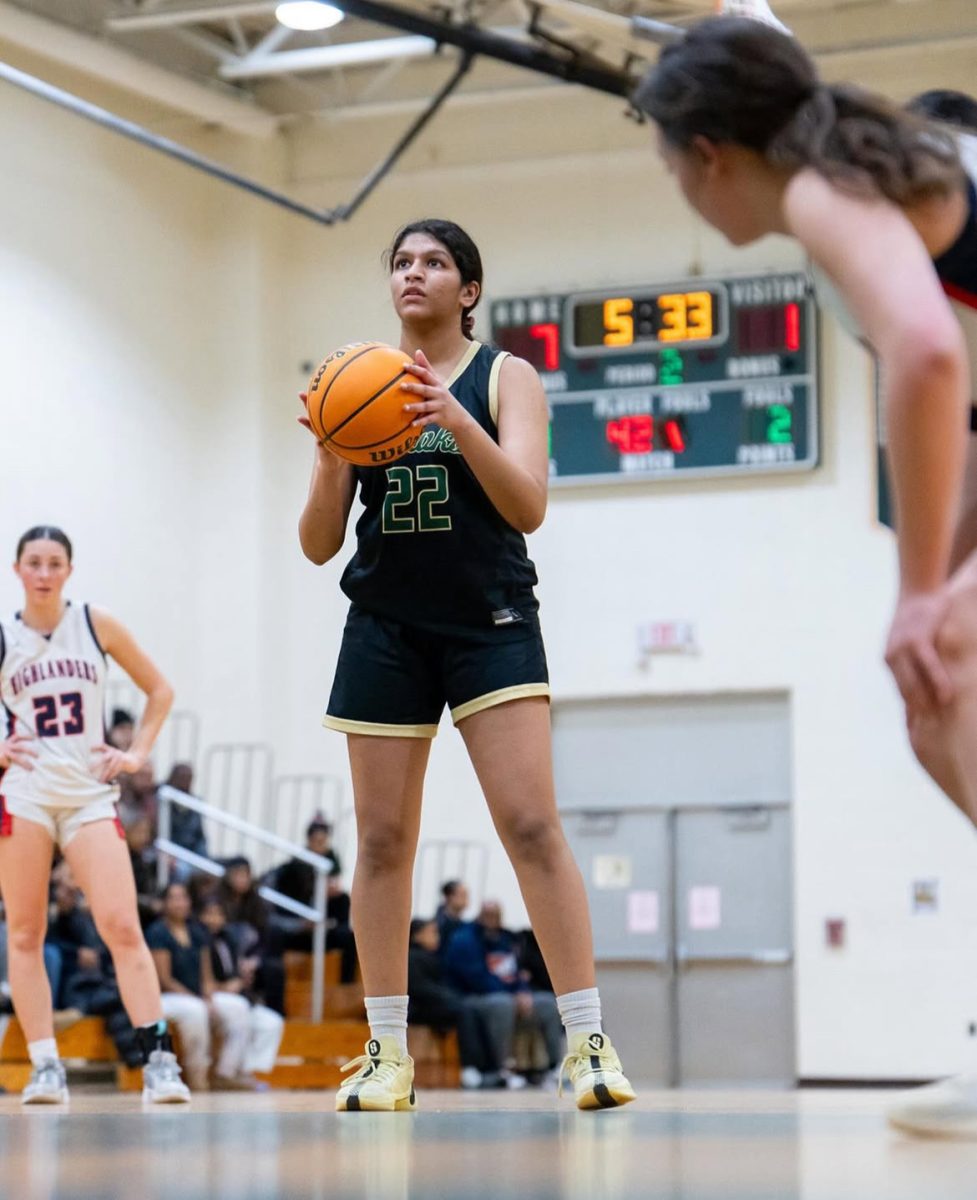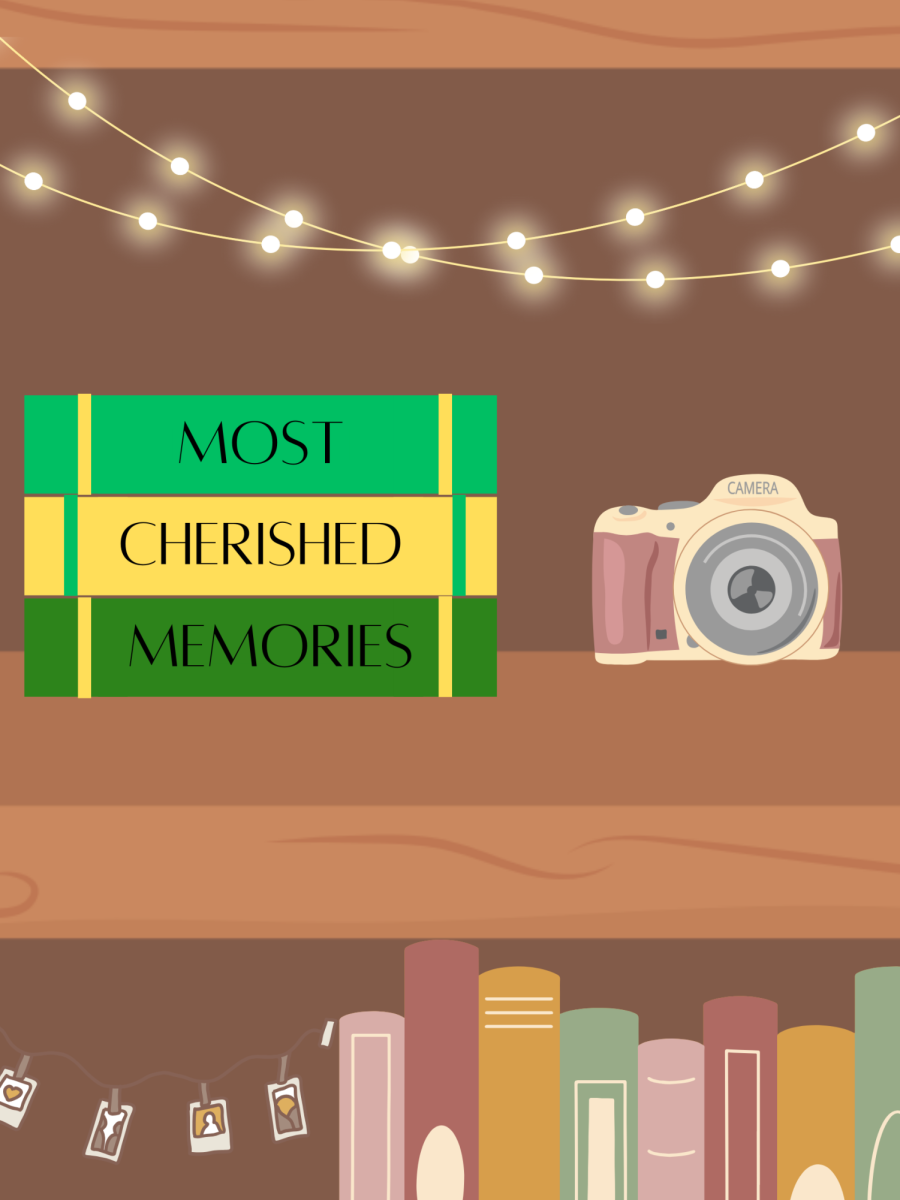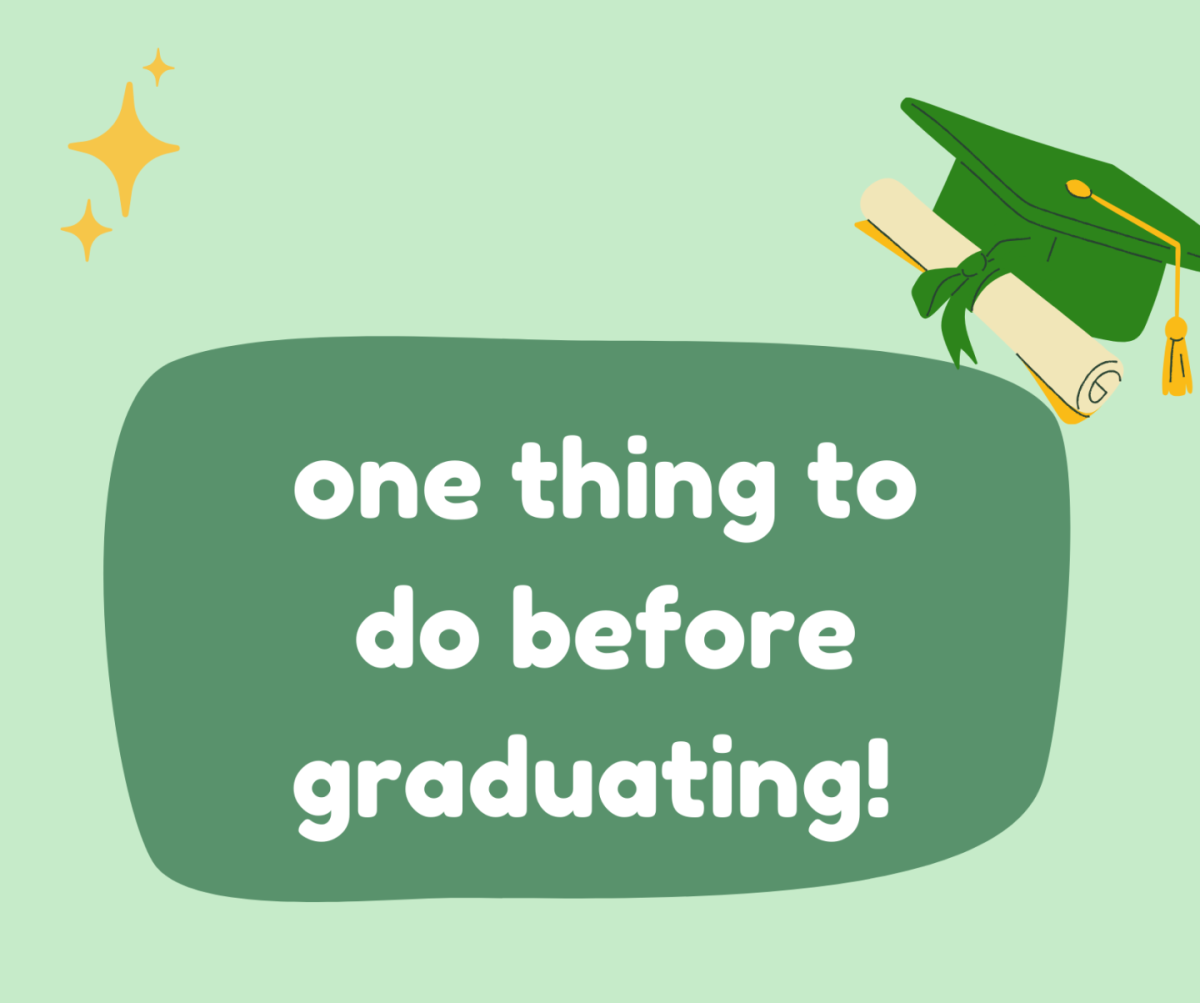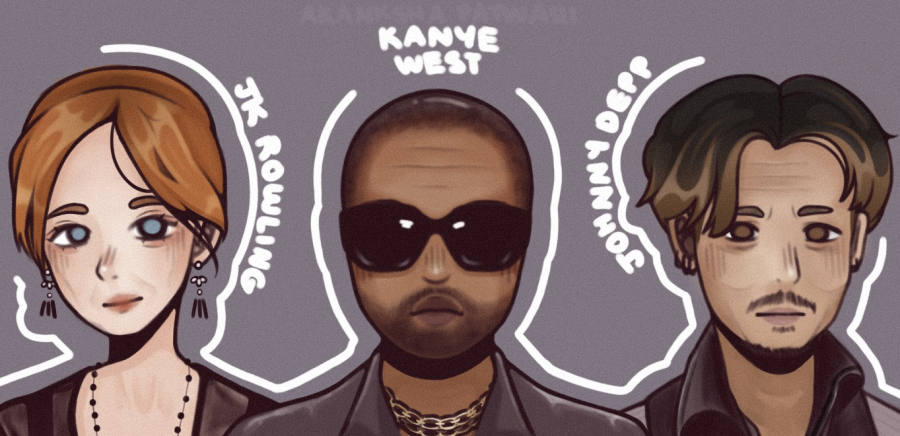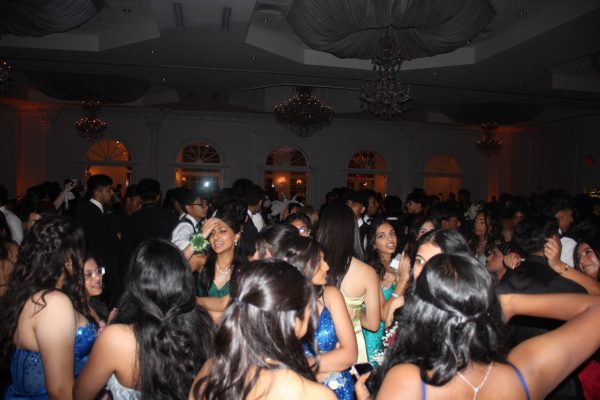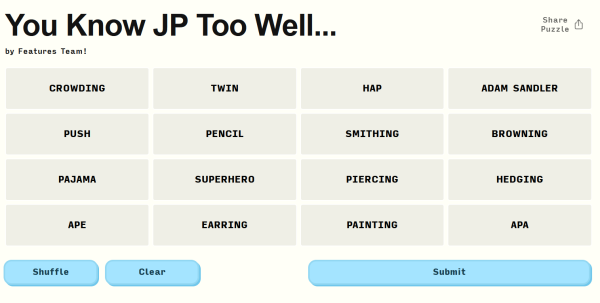Setting Apart Artists and Art?
June 5, 2023
Everyone enjoys art. Whether it be studying famous paintings, reading your favorite novel, criticizing celebrities’ looks on the red carpet, or listening to a new hit on Spotify—it is all art and it is all consumed globally by billions. But lately, it seems as if artists are engaged in controversy after controversy. Over the years, J.K. Rowling, the author of arguably the most popular children’s book series, Harry Potter, has revealed through a series of tweets her transphobic beliefs; Kanye West has become increasingly outspoken about his antisemitic opinions; and Johnny Depp has been accused of and went through a very public trial to address accusations of abuse. For consumers, these revelations mean having to re-evaluate what is more important: aesthetic pleasure or moral obligation. After all, the intimate connection between an artist and their art should imply that any problematic or harmful intentions the creator has will be communicated to larger audiences through their creations. But can art be separated from the artist in a manner that fulfills moral obligations but still indulges aesthetic pleasure?
The simple answer is no: there are too many issues with decontextualizing a work of art. Art is a manner of personal expression and artists can dedicate up to years of their life and soul into a piece; that is a connection that cannot be ignored. For instance, a lot of artists–like Ed Sheeran, Bruno Mars, and Taylor Swift–write lyrics inspired by their own love lives. But for R&B singer R. Kelly, songs like “The Greatest Sex” and “Down Low” become problematic when you realize they are directly inspired by Kelly’s abusive behaviors. Sure, the music may be aesthetically pleasing, but there is no way to decontextualize and ignore the inspiration or intent of the lyrics. To do so would void the artwork of its emotional impact. A more recent example is how Kanye West’s music is inspired by his experiences with hate in society; but how can his lyrics truly preach peace when his own opinions condone antisemitism? In both of these cases, the lyrics play an equal, if not greater, role than the musicality in invoking an emotional reaction in the audience. Decontextualizing the music would be asking the audience to ignore the messages conveyed through a piece and withholding the emotional connections they develop by interacting with the art. And that simply isn’t possible. People cannot just ignore information that is being directed to them, and once aware of the immorality conveyed in the art, their moral compass renders them unable to enjoy the aesthetics of the artwork. Decontextualizing the author’s intent, therefore, is simply impossible. You either support the art, in all its ethical quandaries, or you don’t support it at all.
Separating the art from the artist differs entirely, however, when the beliefs of the artists weren’t meant to be conveyed in the art. While it is an actors’ job to accurately portray various personas, they do not control the inherent actions or personalities of their characters. Yet, as Constance Grady writes for Vox, it’s hard to pity Edward Scissorhands when he cuts a girl after learning how the actor who plays Edward Scissorhands has been accused of abuse. Despite the fact that Edward Scissorhands was not written to reflect Depp in any way whatsoever, the connection viewers develop between Depp and his character interrupts their aesthetic pleasure regarding the narrative with moral objections due to outside knowledge. However, separating the art from the artists may be possible if a viewer can get over the connection they have established between Depp and the fictional persona he portrays.
Nevertheless, the separation of the art and artist can only go so far. The artist, no matter what, deserves rights to their work. That means recognition; that means money. You can pretend like a problematic actor isn’t the same person as their character, or that a certain song wasn’t written by a problematic artist. But watching the movie or listening to that song economically endorses whoever created it. You can disassociate J.K. Rowling from the Harry Potter books all you want because she isn’t directly involved in the narrative—you can ignore the canon and develop headcanons, or read fanfiction—but at the end of the day, buying her books supports her financially. Supporting the fandom improves her reputation as a good writer, therefore giving her the platform and influence to spread harmful and transphobic messages. Separating art from the artist, therefore, only works to the degree of balancing your personal aesthetic pleasures with your personal moral alignments. It helps ease one’s conscience, but not much else.
Indeed, it is impossible to call for an immediate end to all support of any kind to controversial artists—that is just censorship and a violation of basic constitutional rights. But it is important to hold artists accountable for their actions. Indulging in aesthetic pleasures has to come with actively acknowledging that supporting the art means supporting the artist and what they stand for. And if that active acknowledgment ruins your ability to enjoy that piece of art, pushes you to access it illegally, or convinces you to stop bolstering the artist’s reputation, so be it. Art is intimately and indubitably connected to its artists, so the question shouldn’t be if we can sever that inseverable connection. It should be about how we can better receive art and artists in balance with both aesthetic pleasure and moral obligations in mind.



